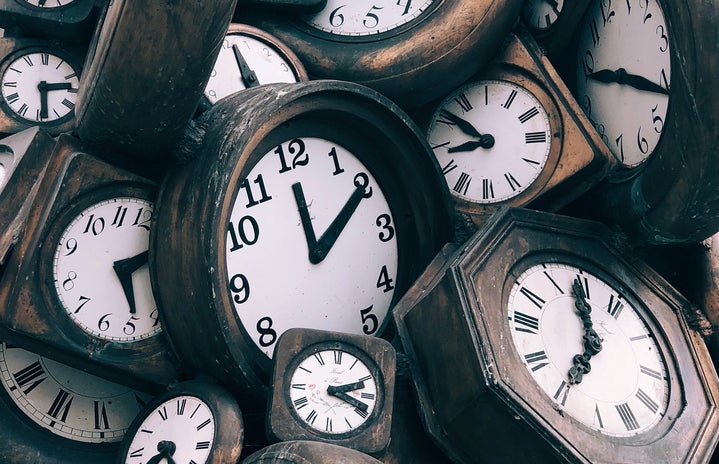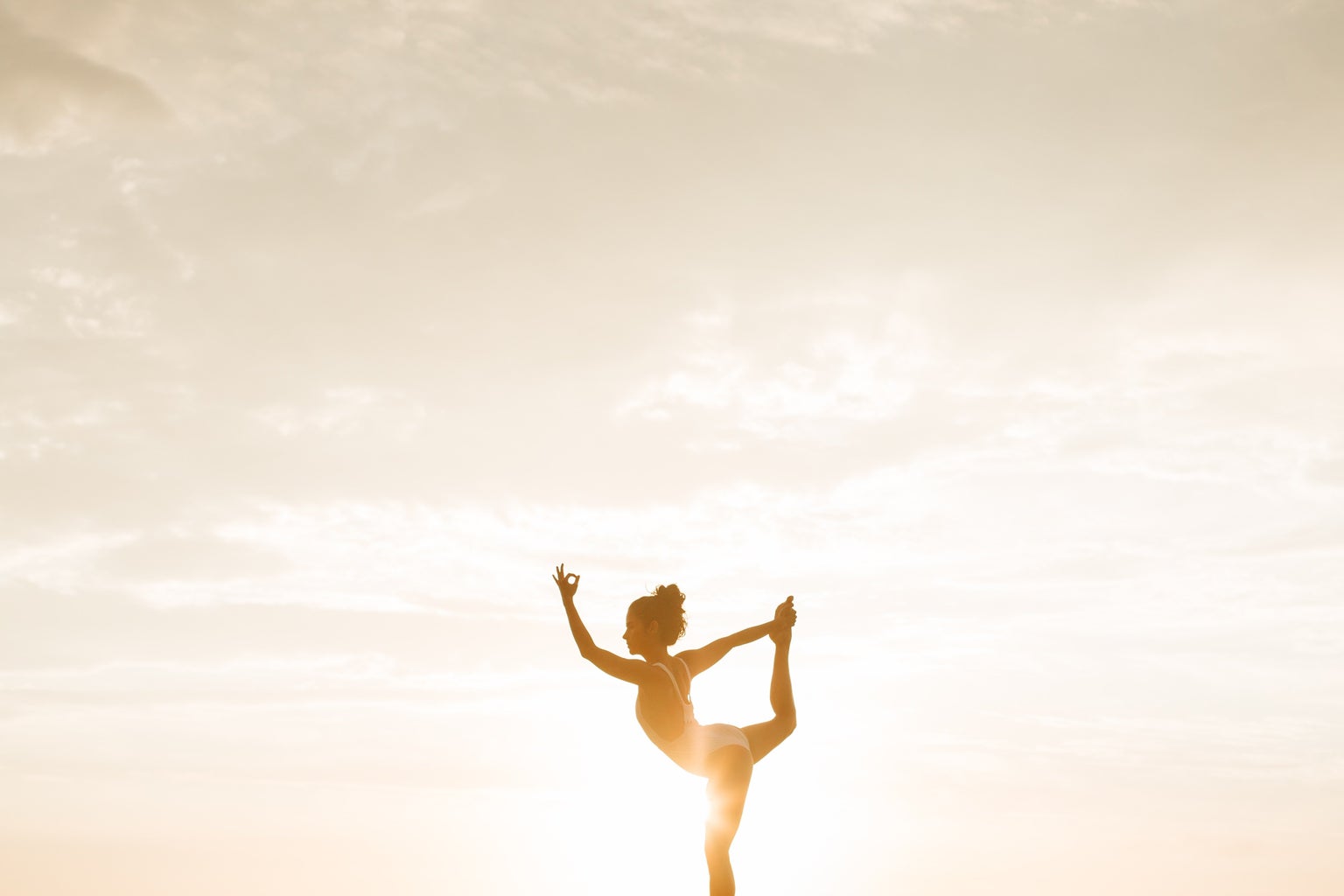Daylight Savings Time. Some hate it, some love it. Most don’t understand it.
Growing up, I remember how excited my mom would get when we would “fall back” in November and get an extra hour of sleep that night. And then in March we would “spring forward” and lose an hour of sleep. And that was not met with excitement.
Contrary to the common belief that Daylight Savings Time (DST) is just whenever we change our clocks, it is really the period of time between the second Sunday of March and the first Sunday of November. This change works to add daylight to the evenings over the summer, and daylight to the morning over winter.
So, how did this all start in the first place? It was used for the first time in the United States in 1918. Then, during World War II, we had three years straight of Daylight Savings Time, under the name of “War Time.” But the system of switching the clocks twice a year started with the Uniform Time Act in 1966. The reasons for this were largely energy and economics related.
So, where does legislation currently stand? The Sunshine Protection Act is a bill that would make Daylight Savings permanent. It was approved by the Senate but not the House of Representatives, and it was ultimately not signed into law. But the Uniform Time Act allowed for states to opt out of Daylight Savings, which is what Hawaii and Arizona have done. These two states do not switch their clocks and stay on Standard Time year round. Several states would like to switch to permanent DST, but this has not yet been approved by Congress.
Changing clocks really ticks people off. As far as health, switching to Daylight Savings Time throws off your circadian rhythm, which is your body’s internal clock that helps you know when to sleep. And the switch to shorter days in the winter (which is actually Standard Time) might even be linked to seasonal depression, otherwise known as the “winter blues.”
Now that we have turned our clocks back, we are in Standard Time. The sun rises at 6:30 AM and sets before 5 PM. This works to effectively wake me up at the crack of dawn from the sun rays shining in through my oceanside window, and makes me want to climb into bed immediately after my class that ends at 4:45. So I definitely dish out my fair share of complaints. But whatever the future of Daylight Savings, whether it gets abolished, becomes permanent, or we keep with this dance between the two, it’s important to learn how to make the most of the current situation.
The best way to do this is to take advantage of the early rising sun and wake up earlier. I’ve found that waking up earlier allows me to feel so much more accomplished with my time. Whether I take a morning yoga class or just sit with my coffee for extra long, it gives me some pockets of peace in an otherwise painfully packed day. Research also shows that waking up early can be beneficial for your mood, health, and success. You know what they say about the early bird!
Many people also use the clock switch as a reminder to do all those pesky, but important, tasks that you need to do on a regular basis. So check your smoke alarm, and at the very least, swap out your toothbrush.
Lastly, embrace the early sunsets as a chance to get in the cozy winter mood. Light a candle, throw on your comfort show (I highly suggest Gilmore Girls), and get bundled up with a hot chocolate or cup of tea. After all, it is hibernation time. Most importantly, make time for yourself this season to fight off those unwanted winter blues.



